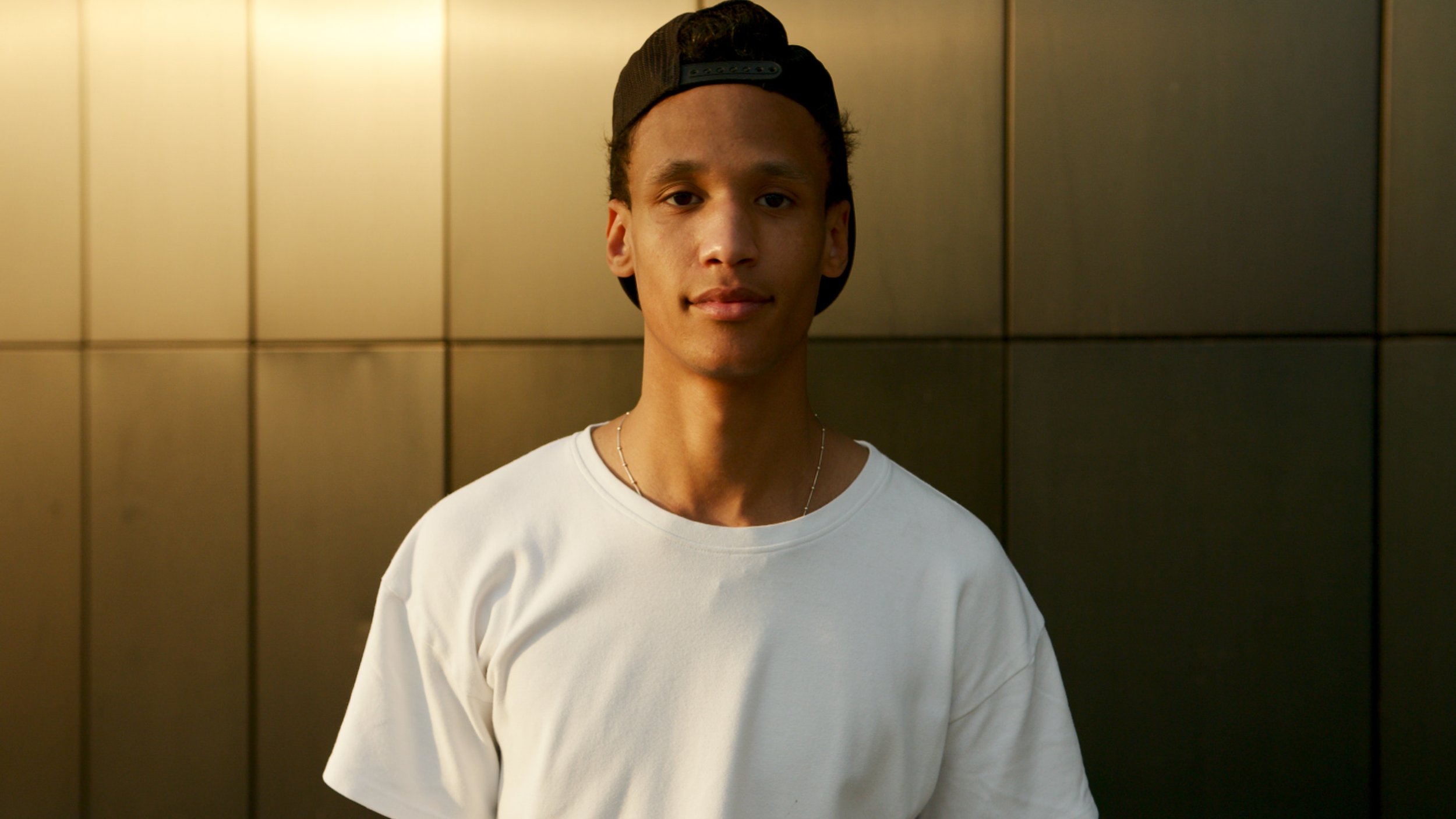Using virtual reality to support young people with complex needs - a case study
“VMind gave Danny time away from the craziness of his mind”
Danny*, age 13. Year 9
Background
Danny* is aged 13. Danny has a EHCP care plan and is a pupil at Springwell Academy in Leeds. He is highly anxious and suffers with both ASD and ADHD. Danny is often in constant internal conflict and is hypervigilant the majority of the time. As a result of his difficult home life and upbringing he can’t really cope when things are calm in the classroom; it tends to trigger both disruptive and aggressive behaviour which can make it difficult to make progress with Danny
VMind gave him time away from the craziness of his mind
Springwell have been using VMind in targeted interventions; a strategy that Springwell Academy champions in their school to support the needs of their pupils. Danny followed the programme in VMind, with one session per week, starting with the sessions in structured order and after a while Danny was given the freedom to pick and choose which sessions he chose to do in the headset as it enabled him to take control of how he felt and how much he engaged with each of the sessions.
Ben Roberts from Springwell Academy says:
“The results with Danny have been really interesting to see. Usually Danny can’t sit still for very long in any scenario, but with this he sits calmly for some time. It seems to completely calm him down”
Danny calls it his ‘calming down time’. For the first time ever Danny now recognises a state of mind that is attached to calm; something that he has learnt from this device that he has not been able to recognise from anywhere else – this is the first time I’ve ever heard him recognise the concept of calm accurately
I’ve been dead impressed with this, Danny remembered all the sessions and what they were about even weeks later”
*Names are changed for confidentiality purposes


